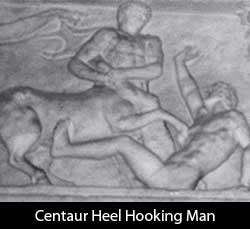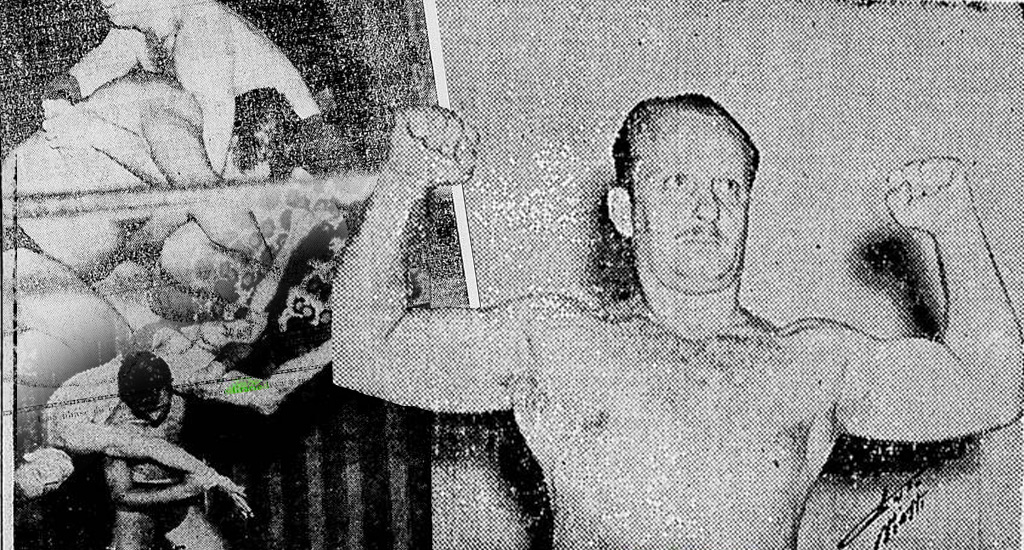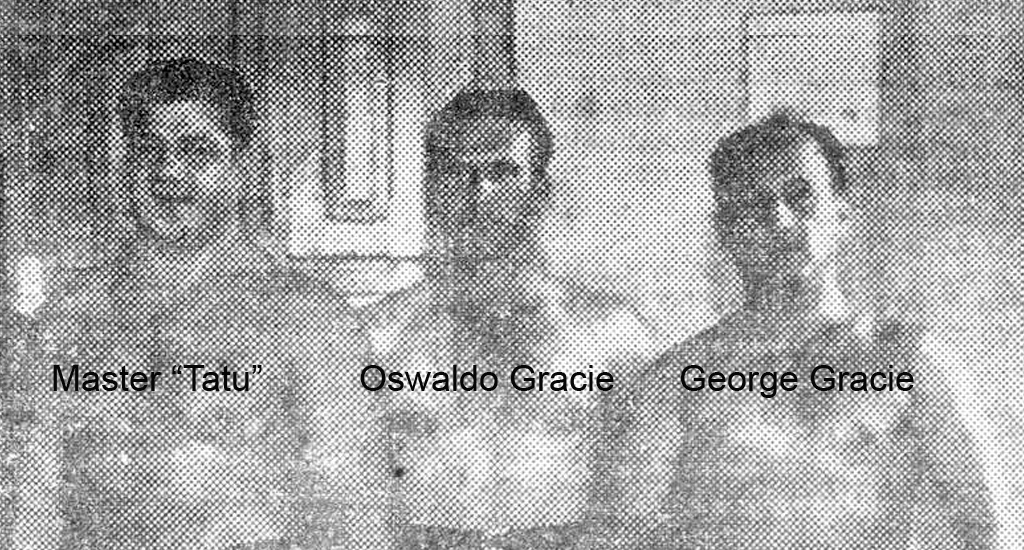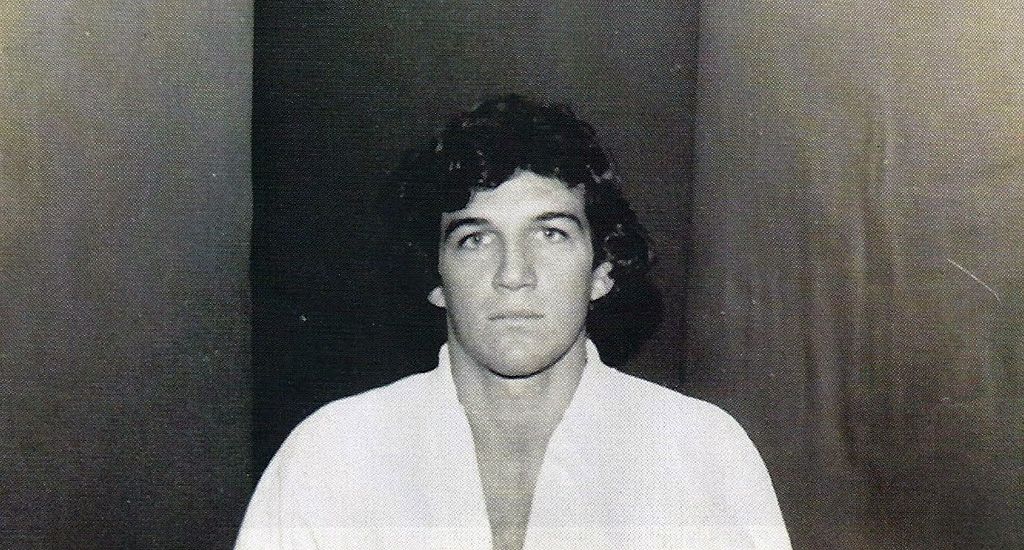Yeah I had tried time and time again for ages, and this is genuinely the first time I've heard about their weekly classes. Couldn't tell you what the issue is though!
Well my guess then is that maybe there's too many people trying to contact them? I know everytime Andrea is around it seems like she gets a phone call about every 5 minutes. I would suggest to try on facebook. There's a couple of catchwrestling groups were they are active and easy to get in touch with. Write a post in the biggest one with a couple of thousand members and I'll guess you get a reply.








